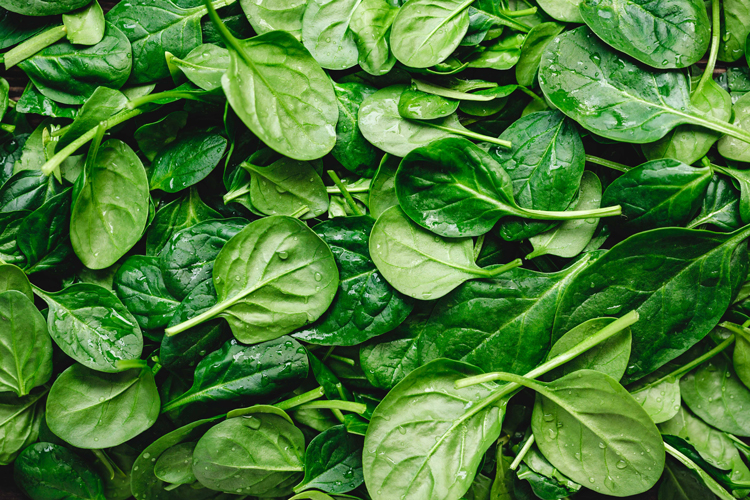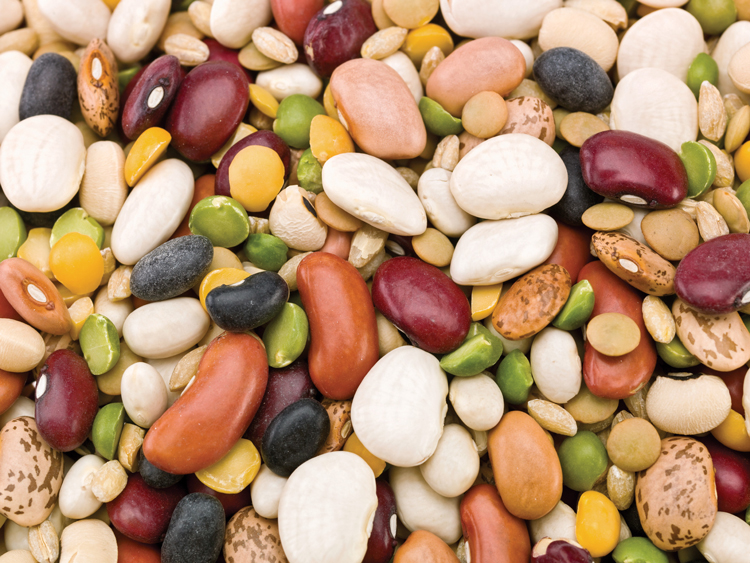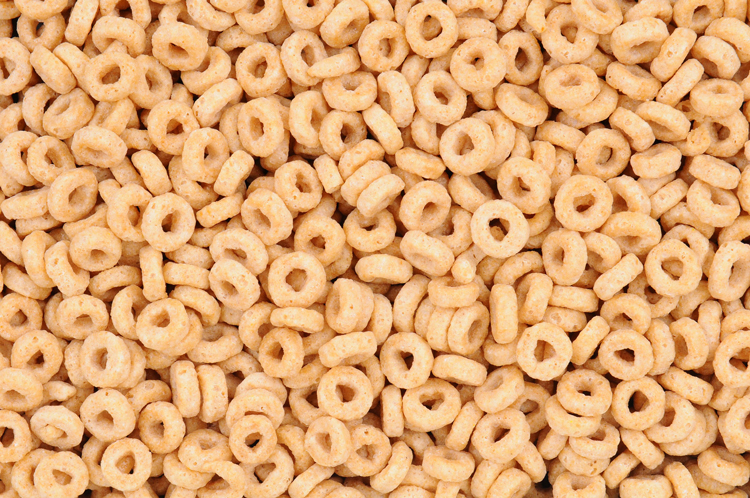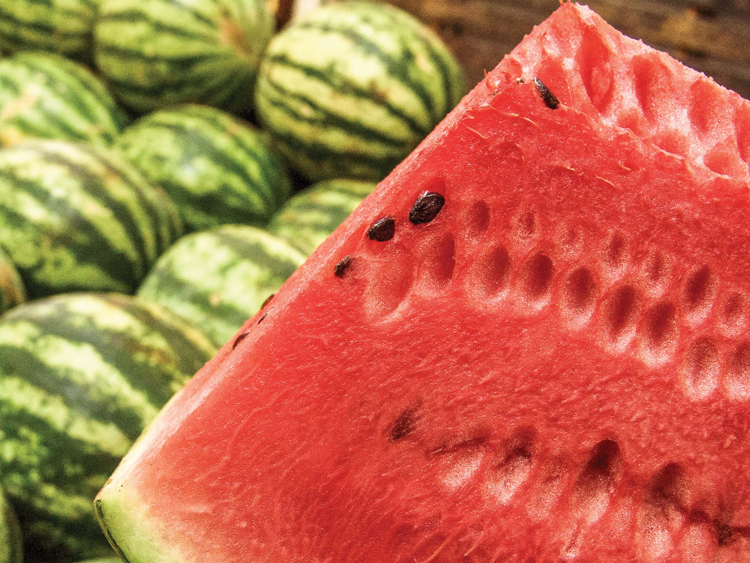
If your child starts saying “no” to foods they used to love, you’re not alone. Kids at this age sometimes go through “food jags” or times when they only want to eat a few foods. This can make it tough for parents who want to make sure their kids are getting the nutrition they need!
Food jags are one reason why kids aged 2-5 are at risk for iron deficiency anemia, and about 1 in 12 toddlers have iron deficiency.





Iron is better absorbed by the body when a food rich in vitamin C is eaten at the same time. Vitamin C-rich veggies can be eaten before or with meals, and vitamin C fruits are great for dessert.





Pasta and meatballs with marinara sauce; steamed broccoli or cauliflower.
Curried lentils with kale and brown rice; orange wedges.
Sometimes children can’t get the iron they need just from the food they eat. If you’ve tried offering your child more iron-rich foods, but still worry if they’re getting enough iron in their diet, talk to your child’s healthcare provider about a multivitamin or iron supplement. Just remember if you keep chewable multivitamins or other supplements in your home, teach children they are like medicine, not candy. Keep all supplements out of reach of children. And even though they may taste yummy, most gummy multivitamins don’t include iron. Your child’s healthcare provider can recommend the best multivitamin or iron supplement option for your child.
If your child has iron deficiency, you may be tempted to try anything to encourage them to eat the foods they need. But don’t—bribing, rewarding, forcing, or punishing children about their eating often backfires.
Instead, make mealtimes pleasant by having structured meal and snack times. Let your child help decide what you serve by giving them choices ahead of time.

Iron: Fact Sheet for Health Professionals
https://ods.od.nih.gov/factsheets/Iron-HealthProfessional/
Vitamin C: Fact Sheet for Health Professionals
https://ods.od.nih.gov/factsheets/VitaminC-HealthProfessional/
Side-Lying Hold
This hold is useful when:
Cross-Cradle Hold
This hold is useful when:
Clutch or “Football” Hold
This hold is useful when:
Cradle Hold
This hold is useful when:
Laid-Back Hold
This hold is useful when: